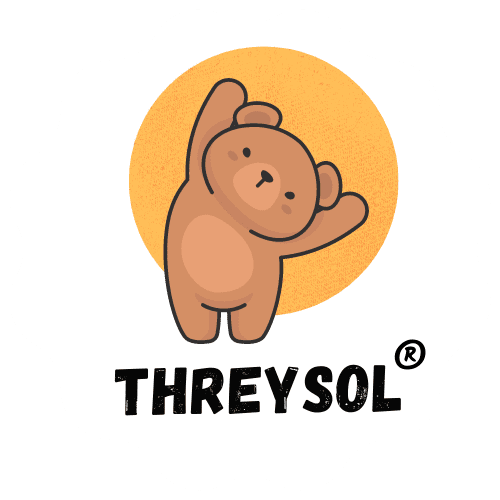Speech and Language is not learnt instantly. It takes a year for a child to utter 1 meaningful word after receiving continuous stimulation and interaction with parents. Speech and Language development starts right from the womb. Fetuses can hear things, including speech in the womb. A study done by Dr. Lawrence and team from the University of Kensas, reveals a month before they are born, fetuses can distinguish between someone speaking to them in different languages.
“Research suggests that human language development may start really early a few days after birth,” said Utako Minai, associate professor of linguistics and team leader for the study. “Babies a few days old have been shown to be sensitive to the rhythmic differences between languages. Previous studies have demonstrated this by measuring changes in babies’ behavior; for example, by measuring whether babies change the rate of sucking on a pacifier when the speech changes from one language to a different language with different rhythmic properties. “This early discrimination led us to wonder when children’s sensitivity to the rhythmic properties of language emerges, including whether it may, in fact, emerge before birth,” Minai said. “Fetuses can hear things, including speech, in the womb. It’s muffled, like the adults talking in a ‘Peanuts’ cartoon, but the rhythm of the language should be preserved and available for the foetus to hear, even though the speech is muffled.”
After birth, language acquisition continues. There has been a lot of debate on this language acquisition. Central in the debate on how native language is acquired is the question of nature or nurture. Three basic theories emerged explaining the language acquisition: innatist, cognitivist, and motherese theory.
1.The Innate theory asserts that language is an innate capacity and that a child’s brain contains special language-learning mechanisms at birth in which the main proponent of this theory is Chomsky (Pinker, 1994).
2.On the other hand, the cognitive theory by Jean Piaget (Wilburg, 2010) claims that language is just one aspect of a child’s overall intellectual development.
3.According to the input or Motherese theory, there are cultures in which speech is never addressed to language-learning children; therefore it must be possible to learn to talk by listening to adults talking to each other or by the environments surrounding them.
A conclusion made by comparing these theories made clear that both 'Nature and Nurture' plays an equal role in language acquisition. Parents do not teach the native language to their children formally. Although they may try to reinforce their child’s verbal behavior with smiles or other ways or through the gap between their mature linguistic competence and the child’s beginning by means of “baby talk”.
The native language is acquired through some stages, and every stage is passed near to adult’s language. There are six stages in children’s first language acquisition, namely:
1. Pre-talking stage / Cooing (0-6 months): Infants in this stage learn to turn head towards the source of sound, smile at parents, produce pleasurable vowel like sounds called cooing.
2. Babbling stage (6-8 months): In this stage they start producing consonant - vowel like combinations called Babbling; which is further divided into different stages.
3. Holophrastic stage (9-18 months): Children start producing meaningless consonant and vowel combinations with rhythm and intonation patterns like that of adults called Jargon Speech;. Around first birthday children utter their first meaningful word. They learn to identify and label things that are present in their respective environment. By 18 months on average children learn to say 40-50
words.
4. The two-word stage (18-24 months): Between this age group children start combining the words to form phrases. For example: baby water, papa come etc.
5.Telegraphic stage (24-30 months): Telegraphic is merely a descriptive term because the child does not deliberately leave out the non-content words, as does an adult sending a telegram, When the child begins to produce utterances that ere longer than two words, these utterances appear to be “sentence-like”.
6. Later multi word stage (30+months): This stage is fastest increase in vocabulary with many new additions every day; Post 3 years children learn syntax, morphology aspects of language.
As the language learning starts even before the birth of child, it is very important to talk to your fetus, to have consistent interactions post birth and monitor their development.
